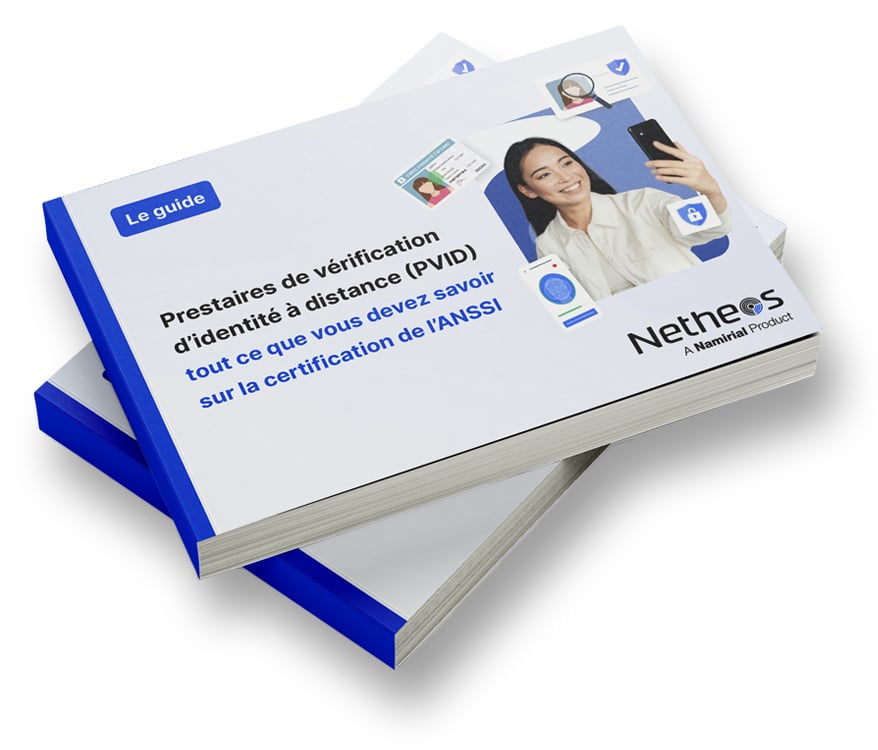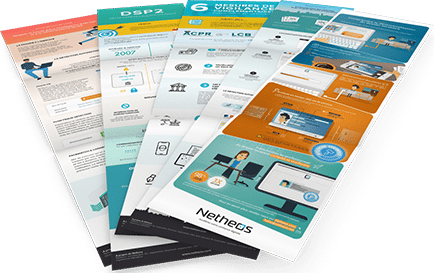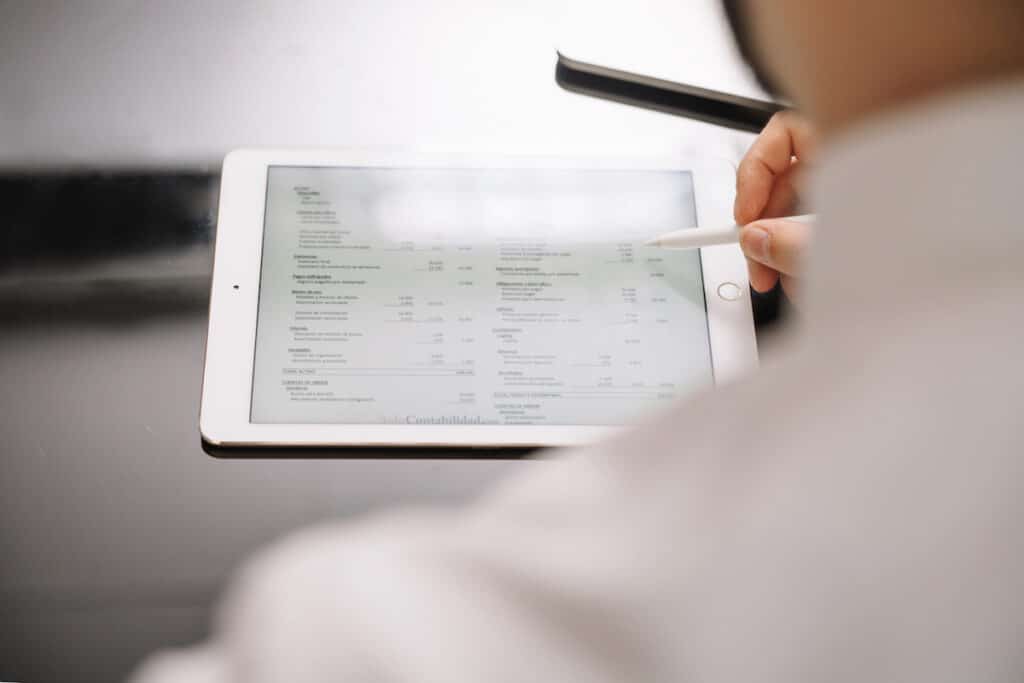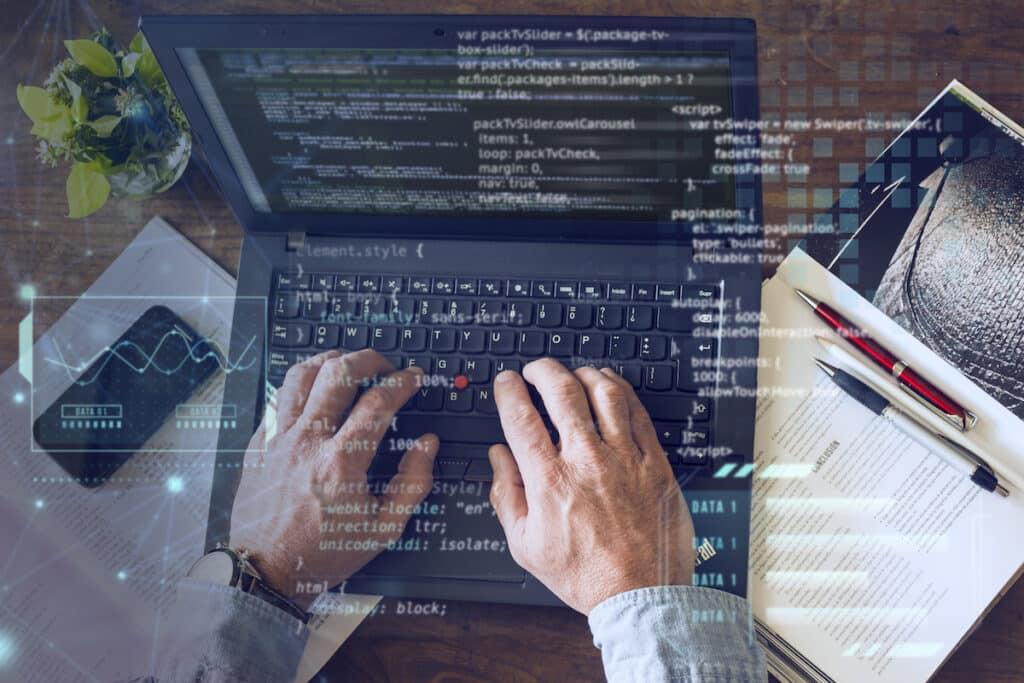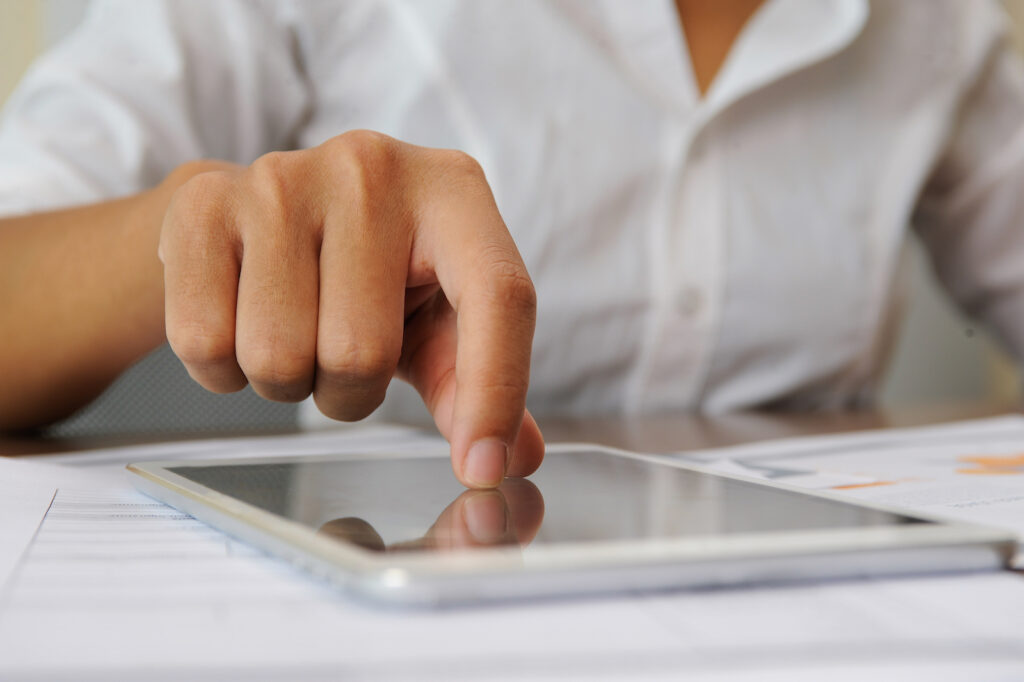In a world where AI solutions are easily capable of creating misleading photos, it has become essential to verify the authenticity of content. Even if certain details can sometimes betray these fakes, it’s important to be able to distinguish authentic content.
Techniques have already been proposed to deal with this problem: blockchain, AI trained to detect counterfeits… The drawback of these approaches is that they can only determine the veracity of content once it has been distributed.
Ensuring the authenticity and integrity of information
There’s a way to guarantee the author (or primary distributor), date of issue and integrity of a document (photo or article) using a proven cryptographic process and trusted infrastructures already in place, such as Trusted Service Providers (TSPs). This technique is based on the electronic signature and its equivalent for legal entities, the electronic seal.
This approach would involve using electronic signatures, or stamps in the media, to verify the authenticity and integrity of published content.
Electronic signature secures data
Electronic signatures use encryption and hashing techniques to digitally sign a document, proving that it originates from a specific person or organization and has not been altered since it was signed. This method guarantees the integrity of the signature.
Introduced in 2014 by the eIDAS regulation, the electronic seal is a means of sealing documents on behalf of companies and public entities. This is a digital version of the traditional stamp. In this way, the origin of the documents is guaranteed and cannot be falsified. By adding a qualified time stamp, the electronic seal offers an additional guarantee.
The future of online trust?
This would enable the media to use electronic stamps to sign their information. This would prove that the content consumed is genuine and has not been altered in any way. This system would be particularly useful for countering fakenews and false images. By highlighting the fact that all unsigned content is suspect, we can better identify suspect information (generated by AI, for example). On the other hand, we could easily trust signed content.
The question then arises as to how to effectively verify a signed document or piece of information. How can I check the associated stamp? Software such asAdobe Acrobat already makes it possible to display the validity of a signedPDF document and easily consult the data. Its use could develop and be embedded in our web browsers, for example.
In the age of AI-generated and modified content, electronic signatures and seals would offer Internet users an additional level of trust, and could help combat the spread of misinformation. Facilitating the identification and verification of legitimate sources of information would contribute to the collective creation of a virtuous system of trust.



